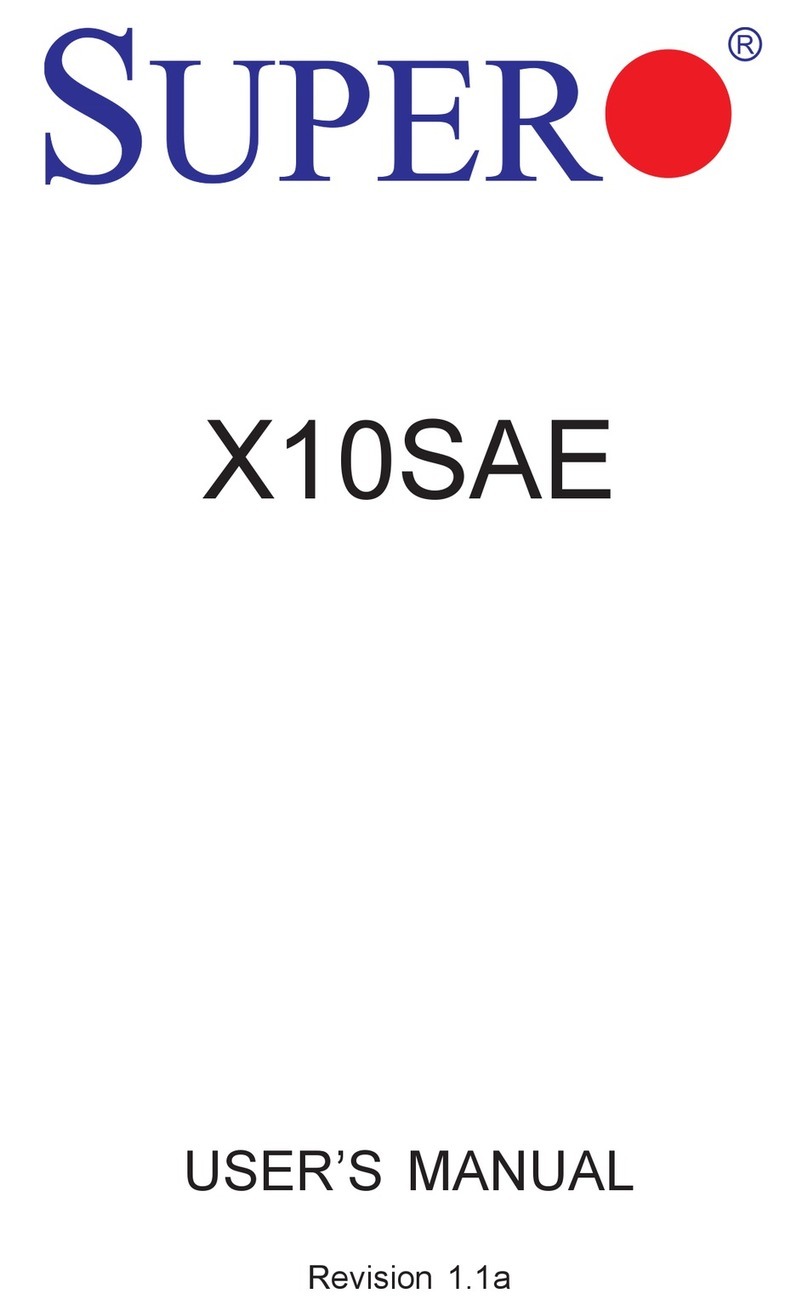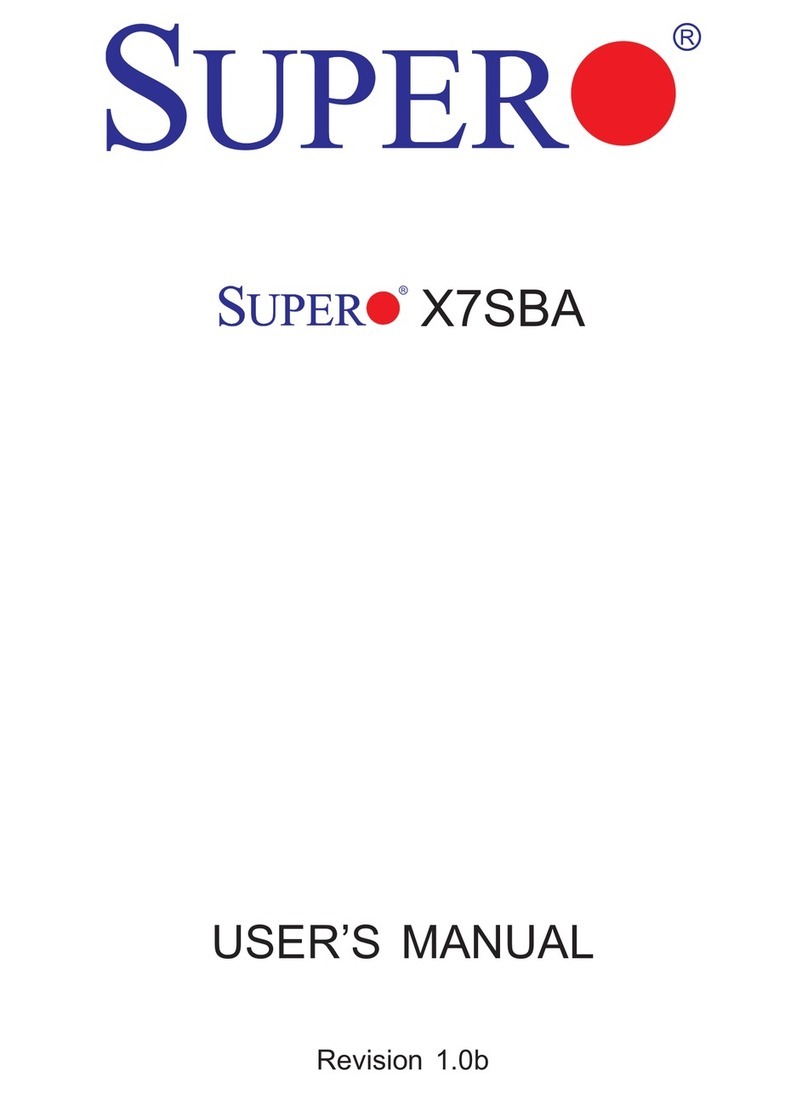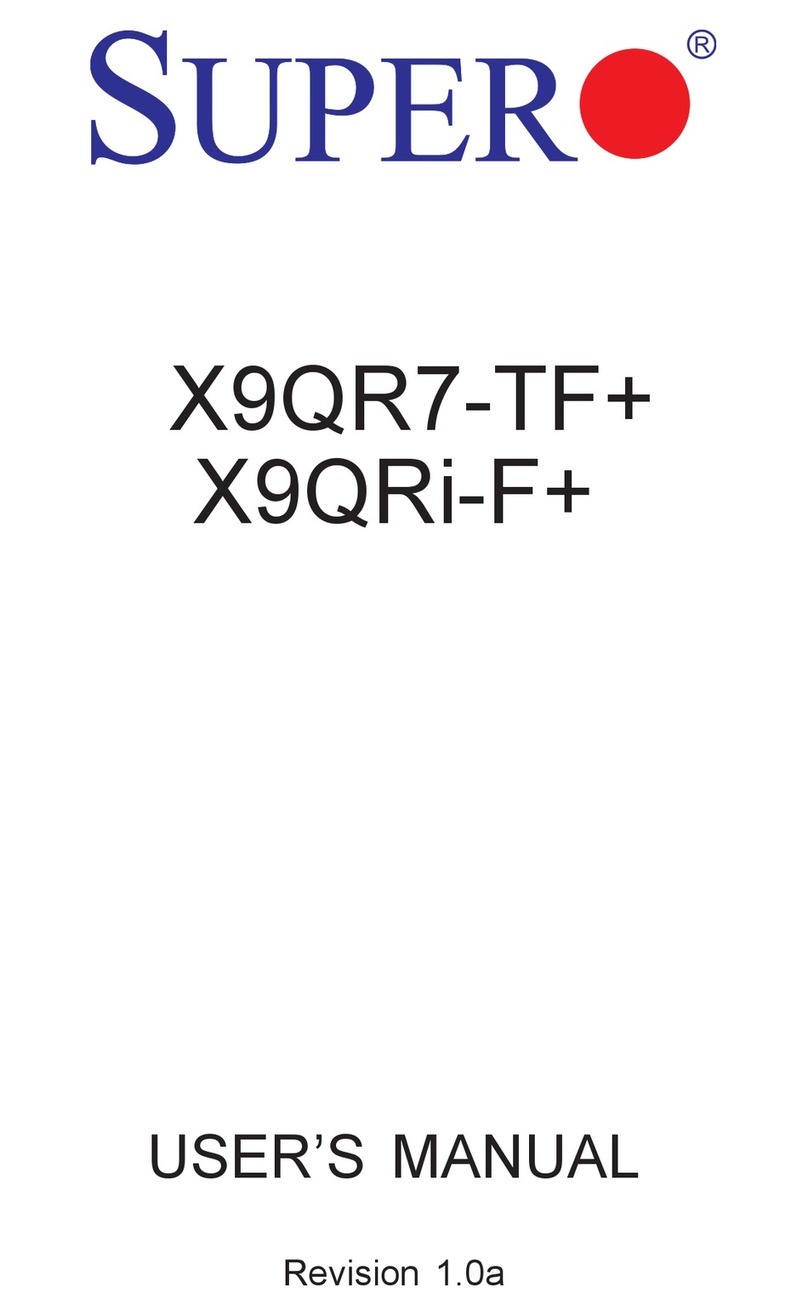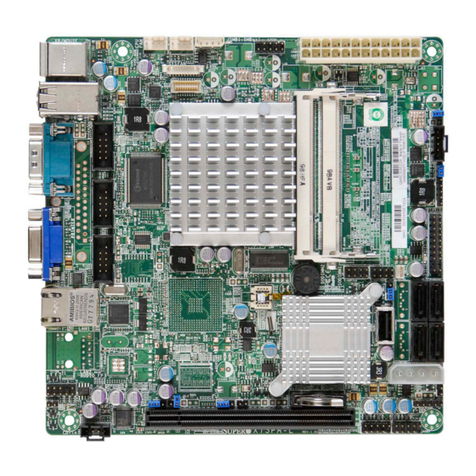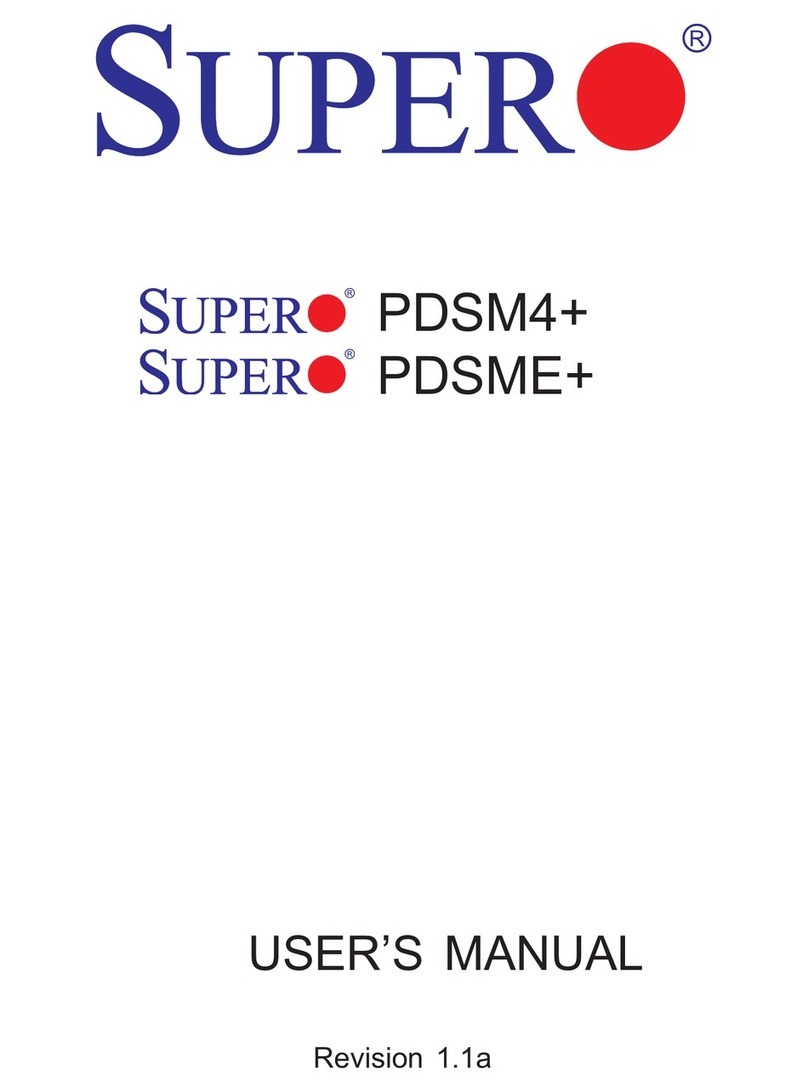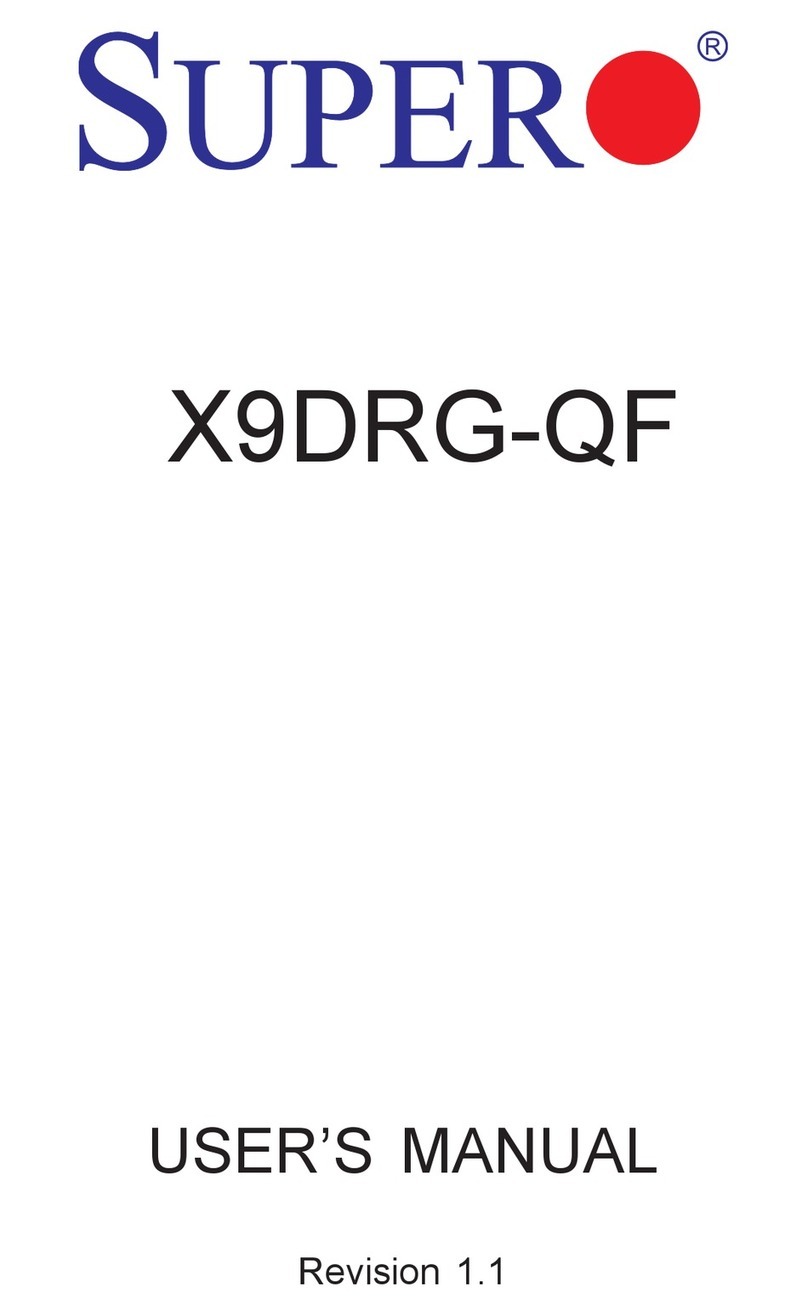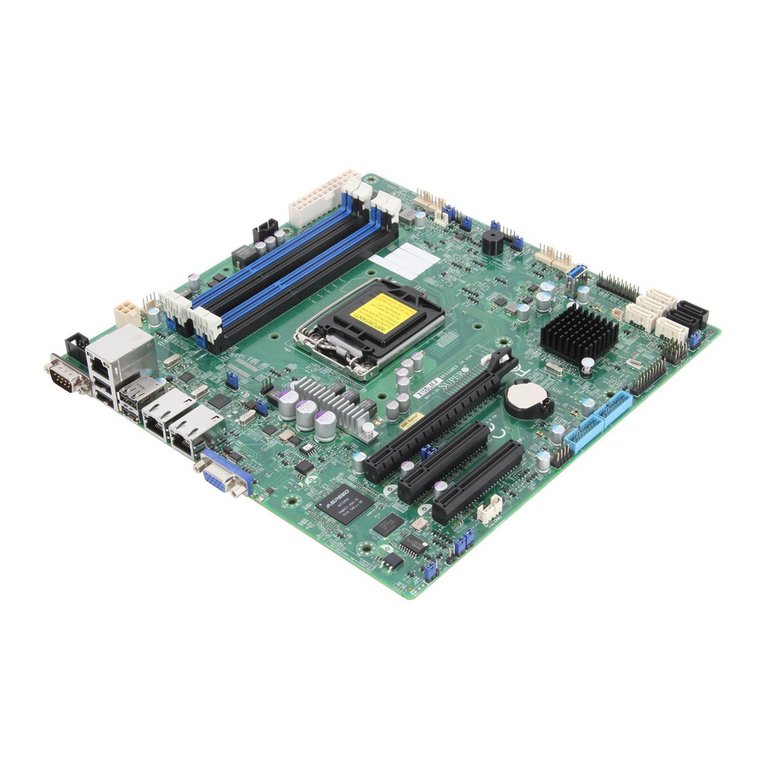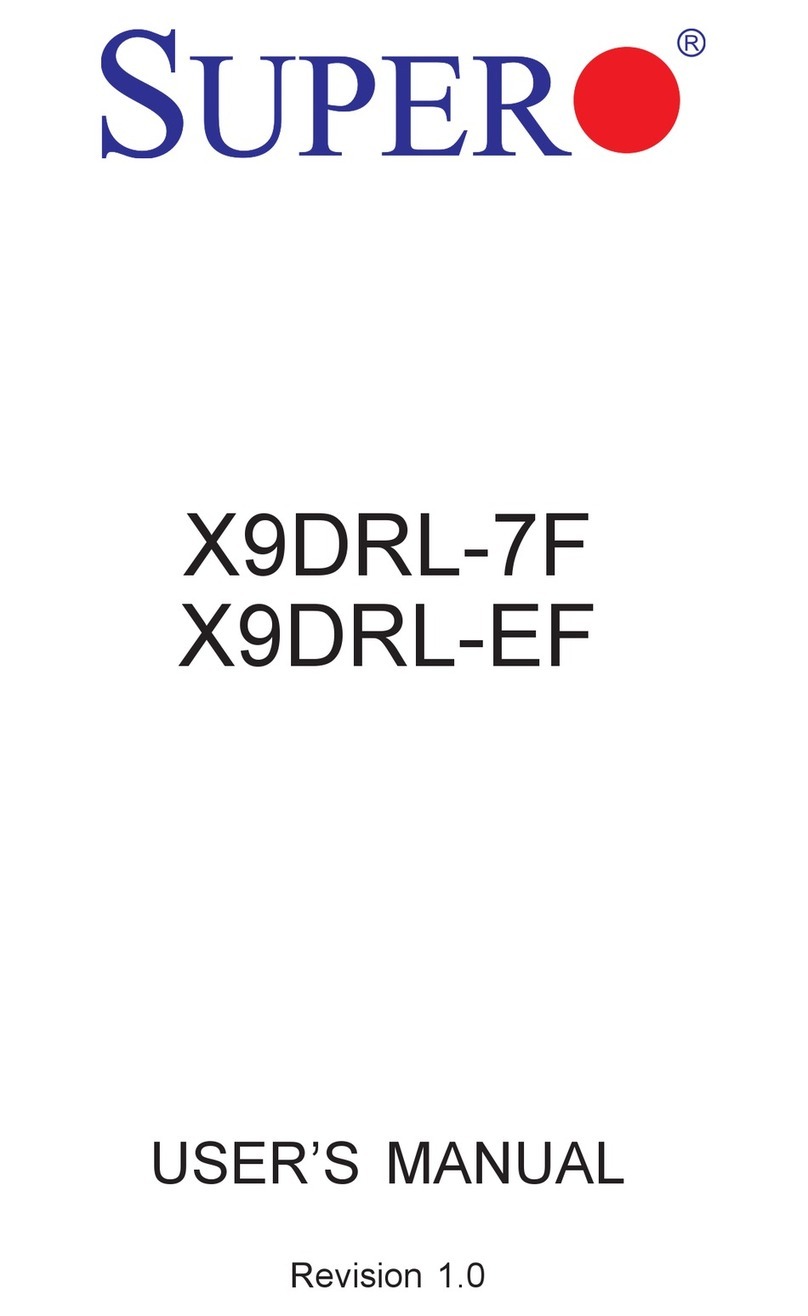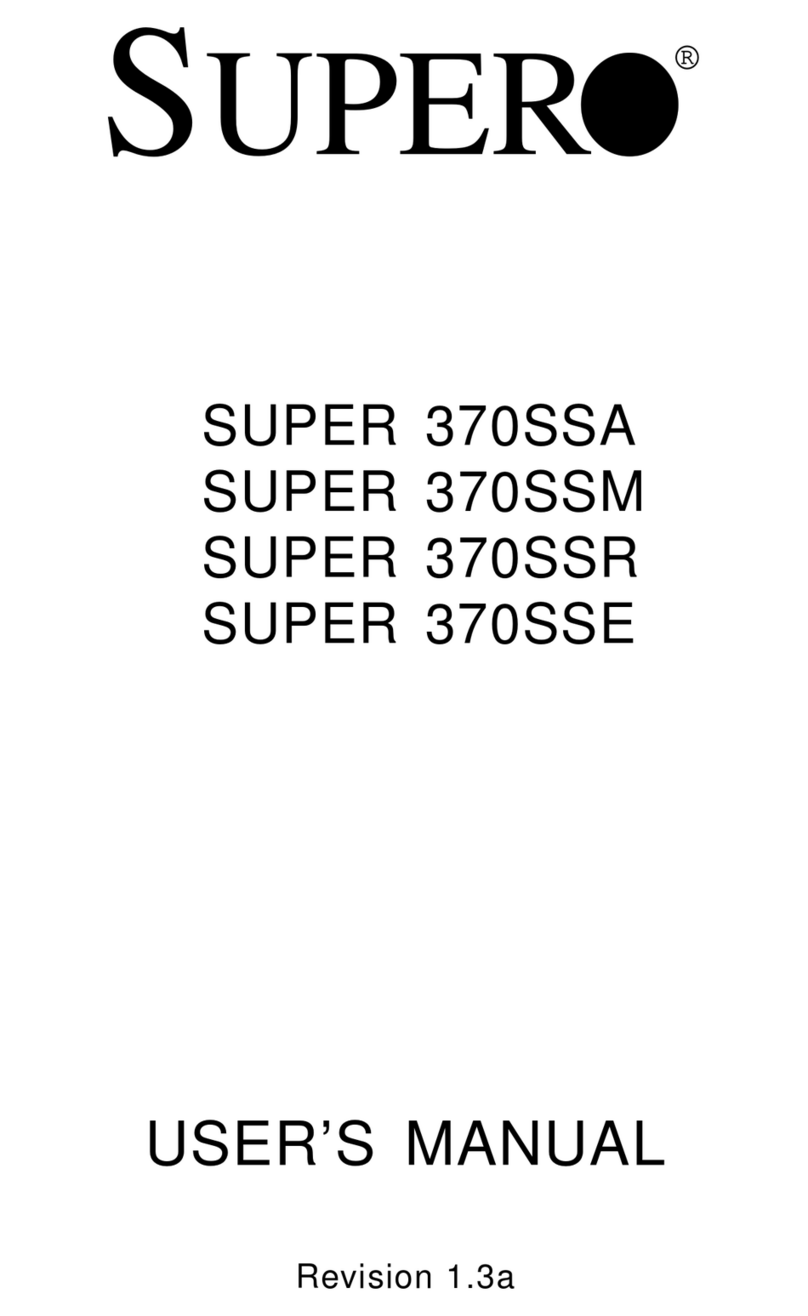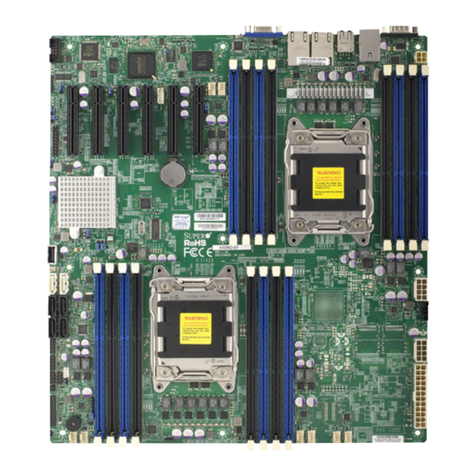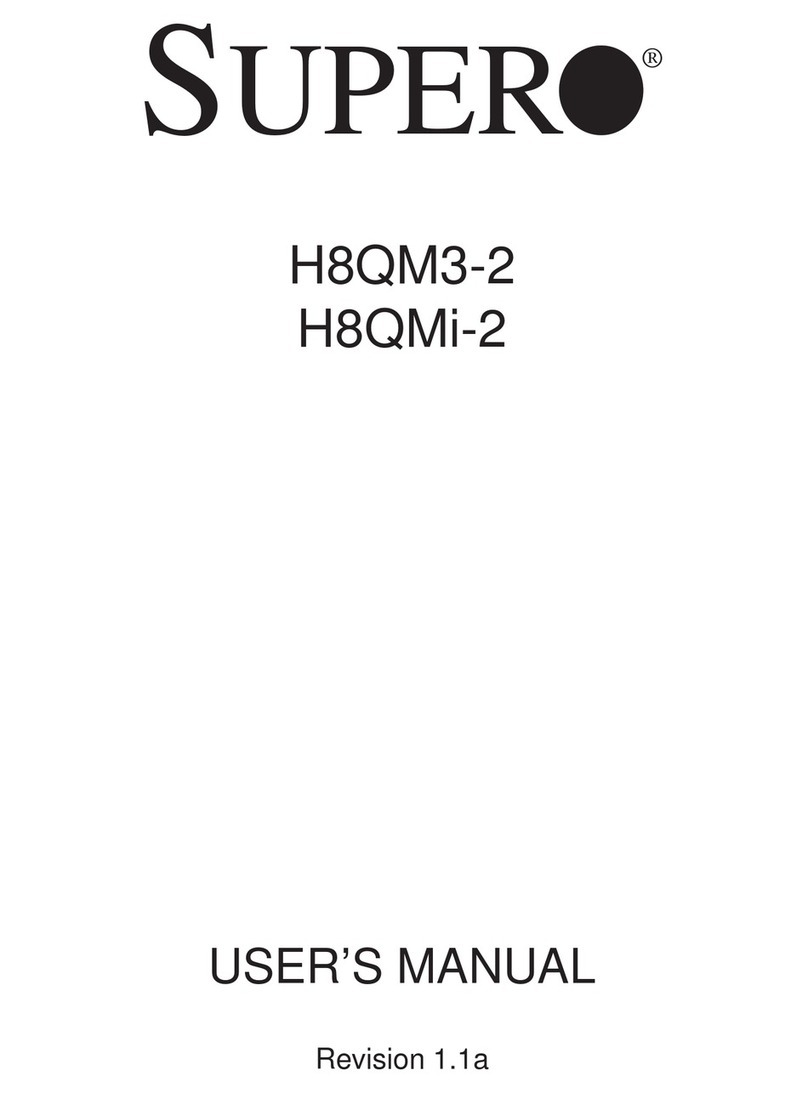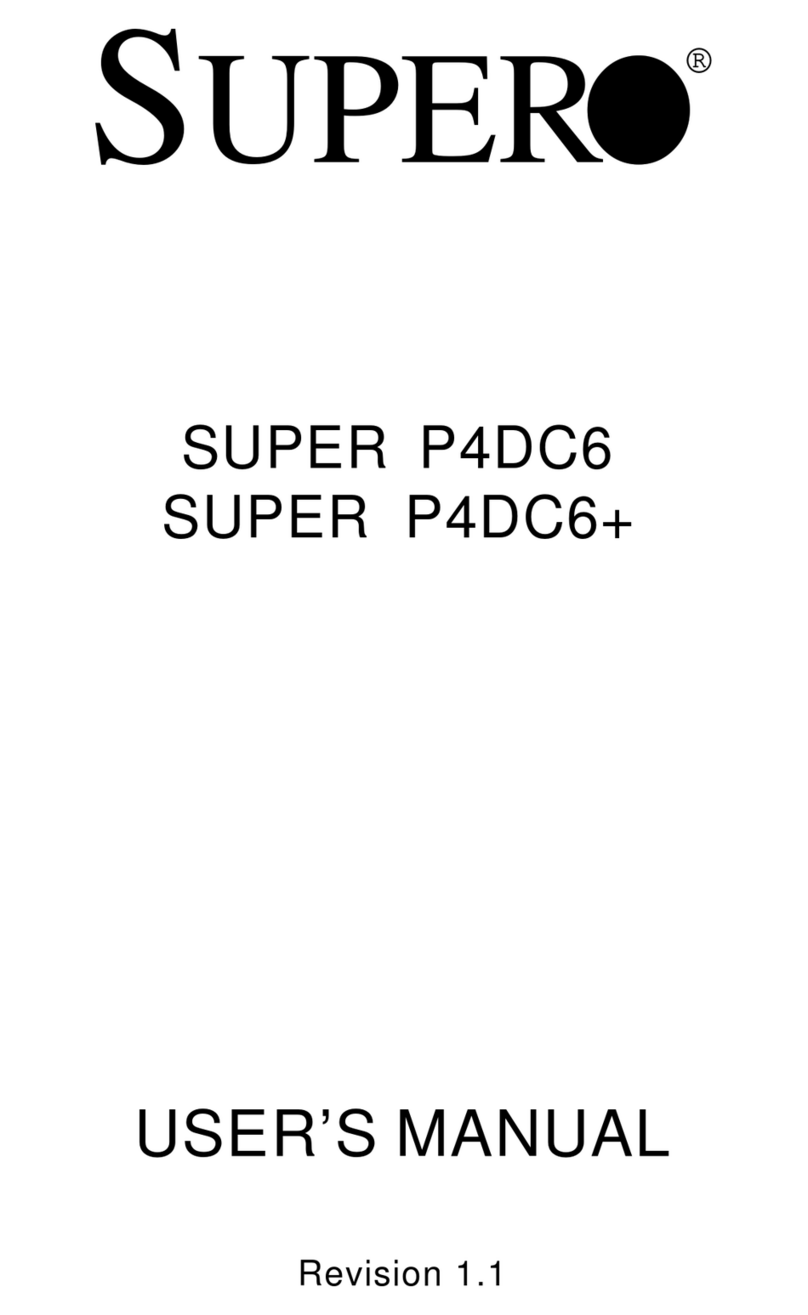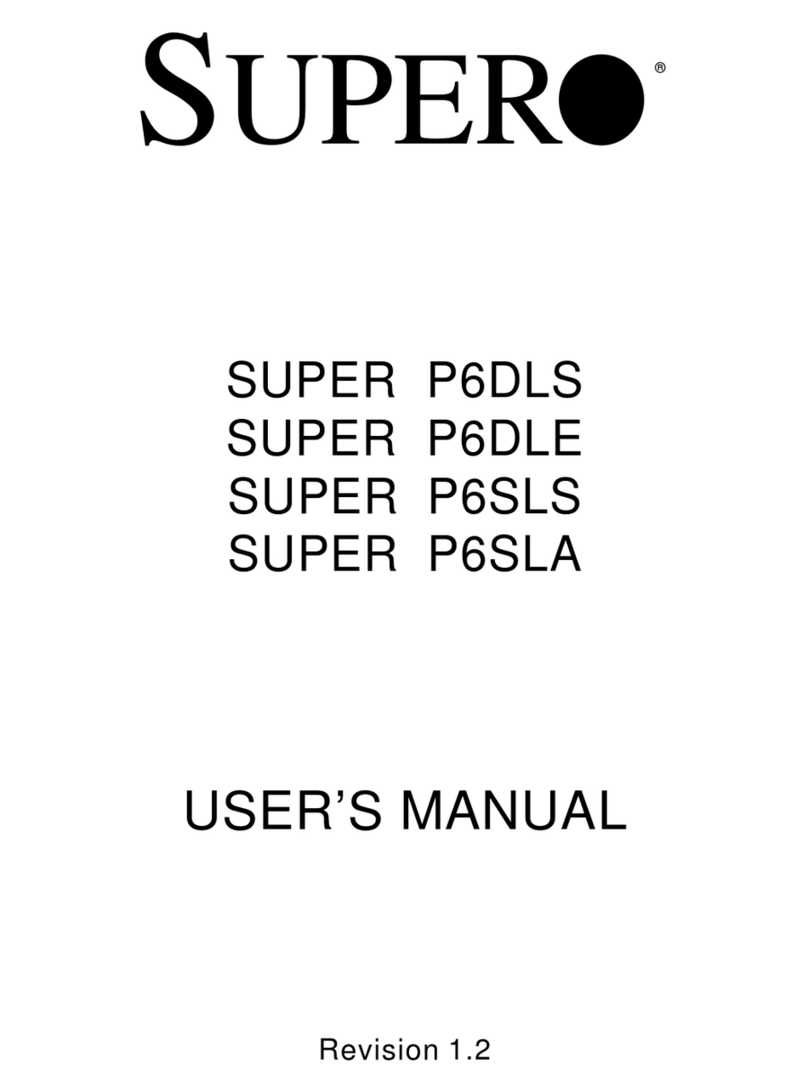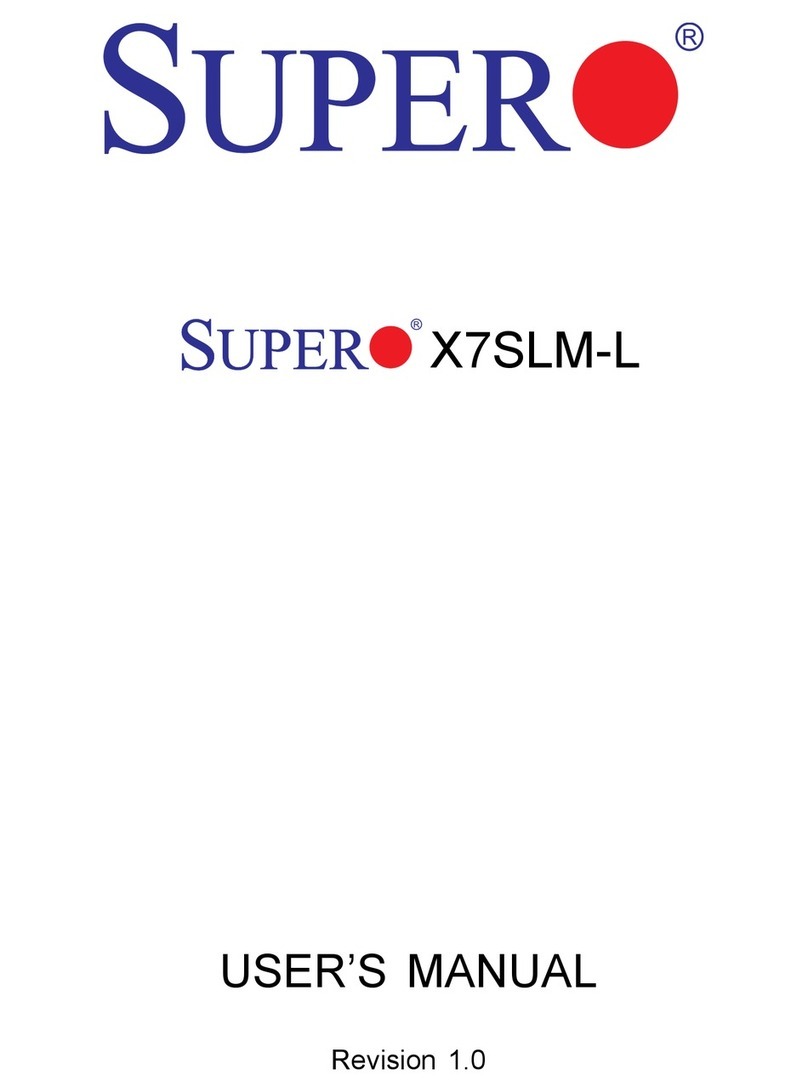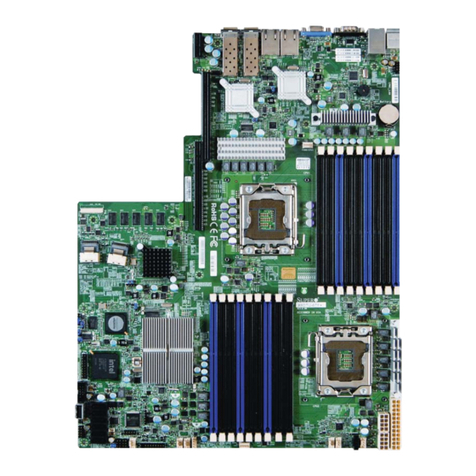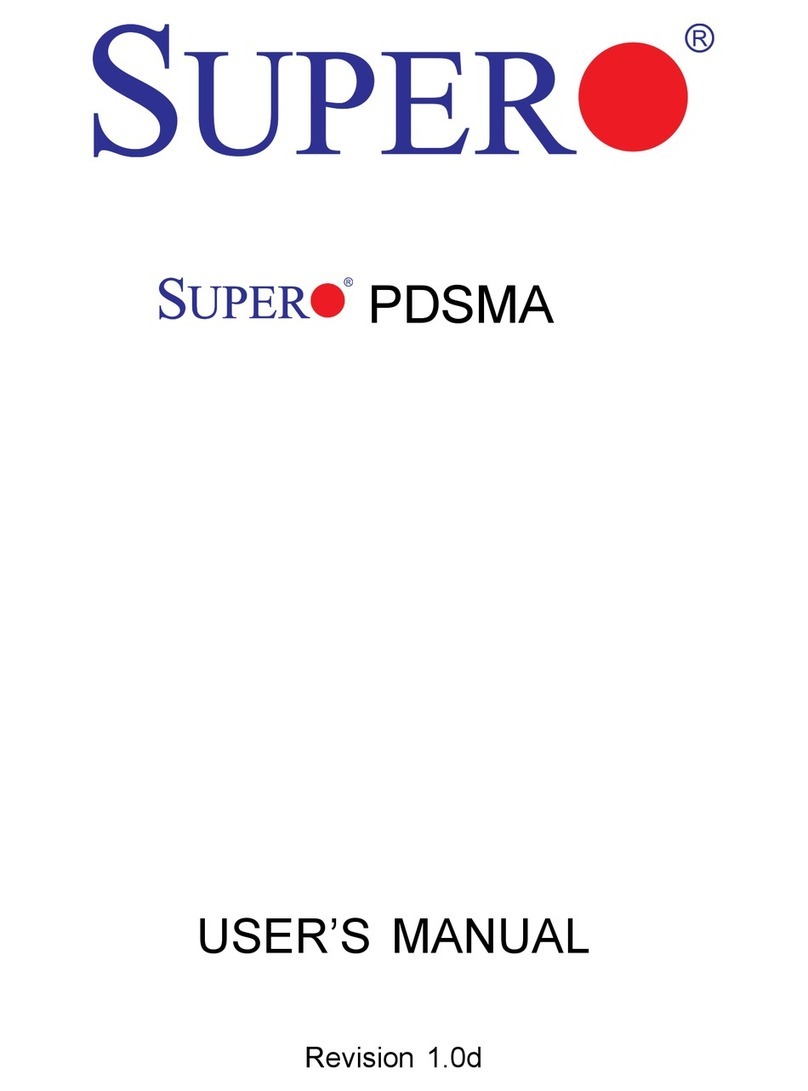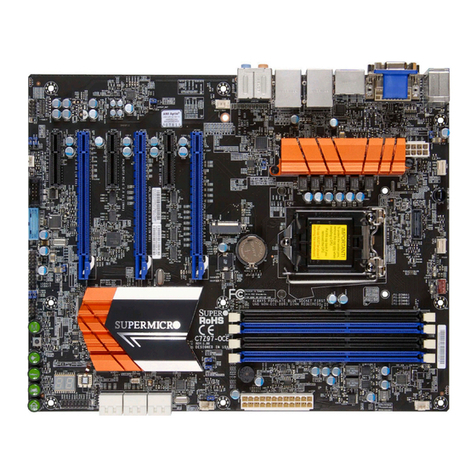Table of Contents
v
PWR_SEC Connection .............................................................................. 2-8
Power LED................................................................................................. 2-8
HDD LED .................................................................................................... 2-8
NIC2 LED ................................................................................................... 2-9
NIC1 LED ................................................................................................... 2-9
Overheat LED ........................................................................................... 2-9
Power Fail LED ........................................................................................ 2-9
Reset.......................................................................................................... 2-9
PWR_ON .................................................................................................. 2-10
Universal Serial Bus (USB0/1) ............................................................ 2-10
Extra Universal Serial Bus Connection (USB2/3) ............................ 2-10
Serial Ports ............................................................................................. 2-11
PS/2 Keyboard and Mouse Ports......................................................... 2-11
Fan Headers........................................................................................... 2-11
LAN1/LAN2 (Ethernet Ports)................................................................. 2-11
HD LED Indicator .................................................................................... 2-12
Power LED.............................................................................................. 2-12
Speaker .................................................................................................... 2-12
Third Power Supply Header ................................................................. 2-12
Wake-On-LAN ......................................................................................... 2-13
Chassis Intrusion ................................................................................... 2-13
Sleep Button ............................................................................................ 2-13
IPMB .......................................................................................................... 2-13
SMB .......................................................................................................... 2-13
2-6 Onboard Indicators ...................................................................................... 2-14
LAN1/LAN2t LEDs.................................................................................. 2-14
LED1/LED2 (Debug LEDs) ..................................................................... 2-14
CR5 LED .................................................................................................. 2-14
2-7 DIP Switch Settings ..................................................................................... 2-15
DIP Switch 4: Processor Speed ......................................................... 2-15
2-8 Jumper Settings............................................................................................ 2-16
Explanation of Jumpers ........................................................................ 2-16
CMOS Clear............................................................................................. 2-16
Speaker Enable/Disable ......................................................................... 2-17
VGA Enable/Disable ............................................................................... 2-17
Fan Detection Select.............................................................................. 2-17
Chassis/Overheat Fan Select............................................................... 2-17
Watch Dog Enable/Disable .................................................................... 2-17
